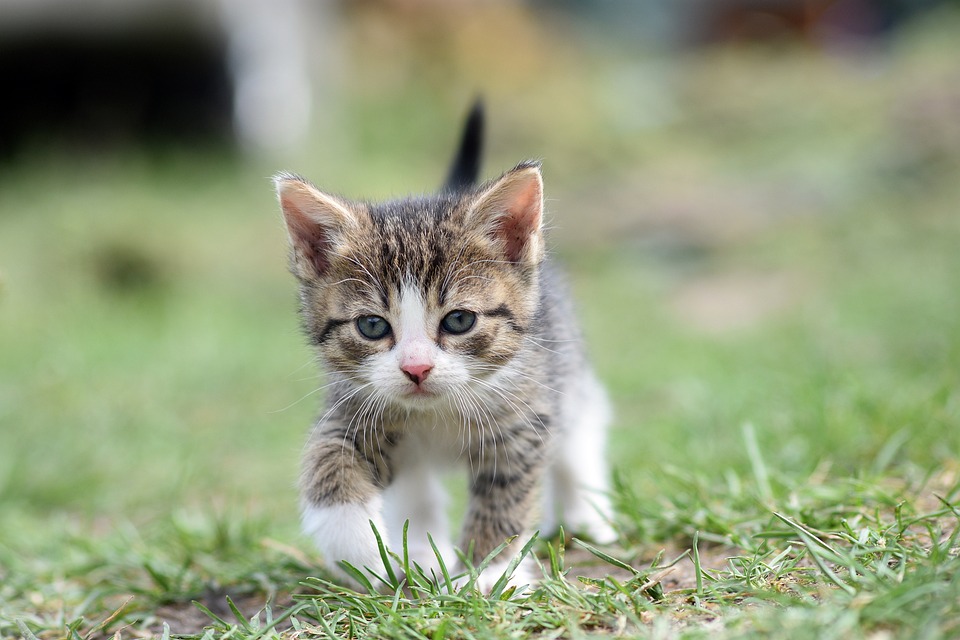Choosing the right cat litter box is essential for the health and happiness of your feline friend. Not only does it affect their comfort and hygiene, but it can also impact their overall well-being. With so many options available, it can be overwhelming to find the perfect litter box for your furry companion. That’s why we have created this comprehensive guide to help you make an informed decision.
Size Matters
The size of the litter box directly affects your cat’s comfort and mobility. Cats prefer spacious litter boxes to move around and dig comfortably. A small litter box may discourage your cat from using it, leading to accidents. To choose the right size, consider the following guidelines:
– The litter box should be 1.5 times the length of your cat (including the tail) to accommodate them comfortably.
– Consider your cat’s weight and size when selecting a litter box.
– If you have multiple cats, ensure there are enough litter boxes to avoid territorial issues.
Types of Litter Boxes
There are several types of litter boxes available, each with its own advantages and disadvantages. Here are the most common types:
Open Litter Boxes: These are traditional and widely used. They provide easy access for cats and are generally more affordable. Some cats prefer open litter boxes as they offer more space and ventilation. However, they may not be suitable for cats who prefer privacy or for households with dogs.
Covered Litter Boxes: Covered litter boxes provide privacy and reduce litter scatter and odor. They are ideal for cats who prefer seclusion while using the litter box. However, some cats may feel confined or trapped in a covered litter box, and regular cleaning is necessary to prevent odor buildup.
Top-Entry Litter Boxes: These litter boxes offer privacy and prevent litter tracking. They also limit access to the litter for dogs and small children. However, some cats may be hesitant to use top-entry litter boxes due to the need to climb in.
Location, Location, Location
Proper placement of the litter box is crucial for your cat’s comfort and convenience. Here are some important considerations:
– Choose a quiet and low-traffic area to provide a sense of security for your cat.
– Avoid placing the litter box near food and water bowls.
– Ensure easy accessibility for your cat, especially for elderly or disabled cats.
Having Multiple Litter Boxes
If you have multiple cats or a large home, it’s important to have multiple litter boxes in different areas. This helps prevent litter box dominance and territorial issues. Provide at least one litter box per cat, plus an additional box.
FAQs (Frequently Asked Questions)
Here are answers to some common questions about cat litter boxes:
1. How often should I clean the litter box?
Regularly scoop the litter box at least once or twice a day to remove waste. Completely change the litter and clean the box every 1-2 weeks.
2. What type of litter should I use?
Choose a litter that suits your cat’s preferences and is safe and non-toxic. Common options include clumping clay litter, crystal litter, and natural alternatives like corn or wheat.
3. My cat is avoiding the litter box. What should I do?
Rule out any medical issues by consulting with a veterinarian. Ensure the litter box is clean, accessible, and in a suitable location. Experiment with different litter types or try a different litter box style.
4. How can I prevent litter tracking?
Place a litter mat or tray outside the litter box to catch excess litter. Trim your cat’s nails regularly to minimize litter clinging to their paws. Consider using litter with larger granules or invest in a litter box with high sides.
Conclusion
Choosing the right cat litter box is a crucial step in maintaining your cat’s health and happiness. By considering factors like size, type, and location, you can ensure your feline friend has a comfortable and inviting space to meet their litter needs. Remember to regularly clean the litter box and address any issues promptly to provide the best environment for your beloved cat.








